Solution to Woodpecker Damage to Home
Thursday, November 30th, 2017This is Passport to Texas
As a rule, woodpeckers dig out cavities in dead trees, called snags. Once construction is done—they move in. The exception occurs when they mistake your home’s wood siding, for a snag. When they do—homeowners have problems.
And it looks like cannon balls have been shot through the house. Maybe two or three; and we’ve seen some with fifteen, sixteen holes.
Cliff Shackelford is a non-game ornithologist with TPW. He says woodpecker damage occurs most often in urban and suburban areas where homeowners have removed the dead trees from their property.
What we recommend people to do with problems with woodpeckers is to put a nest box. If you’re familiar with a bluebird box, it’s just a larger version of that custom made for woodpeckers.
Find information and free blueprints to make your own woodpecker nest box at passporttotexas.org.
People can build this in a couple of hours on the weekend, and put it up on the side of the house, and in all cases that we’ve done this – it’s worked. And the woodpecker stops chiseling on the home, and goes to this next box, and is very content.
The Wildlife Restoration program supports our series.
For Texas Parks and Wildlife…I’m Cecilia Nasti.
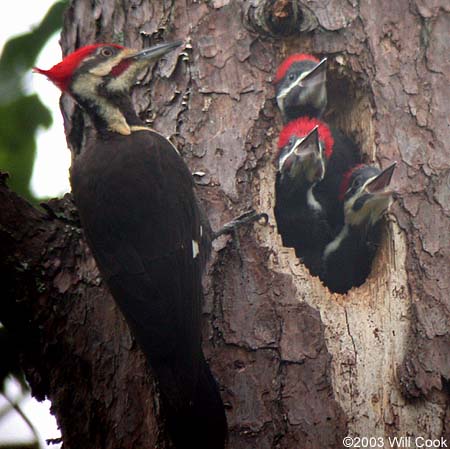

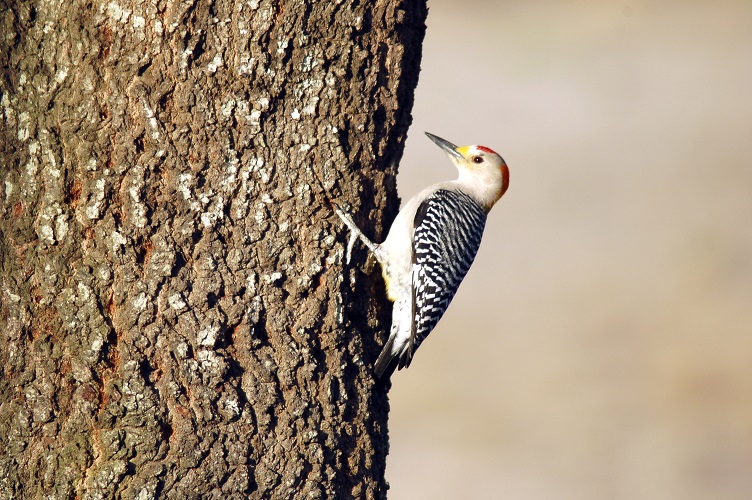
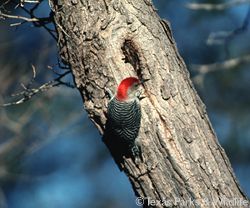
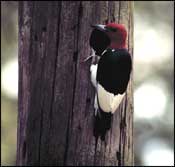
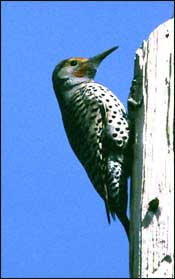


 Passport to Texas is a
Passport to Texas is a  Passport to Texas is made available by:
Passport to Texas is made available by: